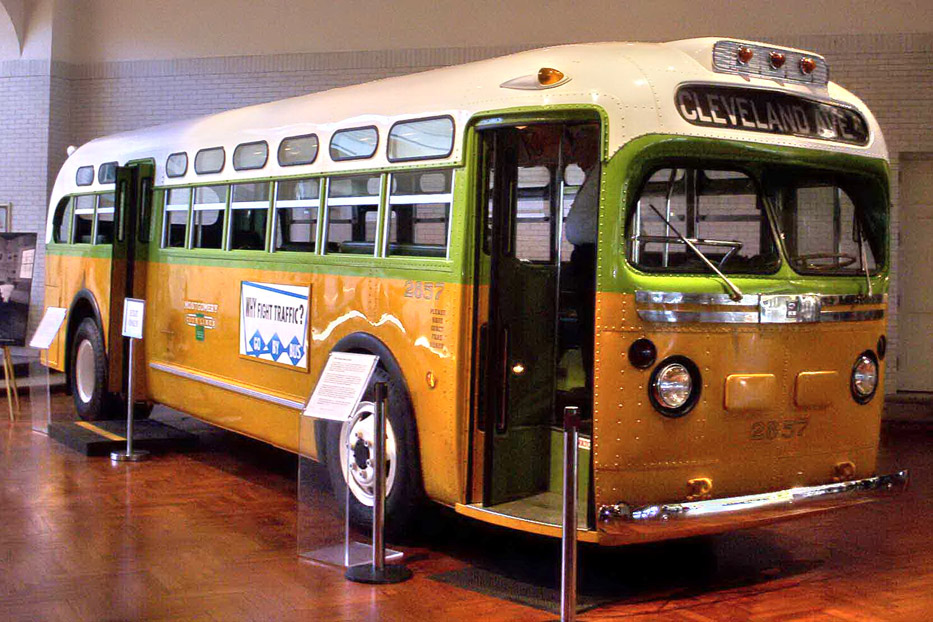We are excited to be joining the Worksheets Don't Grow Dendrites book study. This week's host is Mrs. Willis' Kindergarten. Hop on over to check out what others are saying about Chapter 3 of this amazing book.
This book study came at a perfect time for us. As many of us are preparing for our state assessments, we tend to try to create "test-like" situations, which unfortunately looks like a lot of worksheets. This is not how Mollie and I run our classrooms on a day-to-day basis and we really struggle with this. This text helps us to embrace the fact that it is okay to not change how we design our instruction and that continuing to use a variety of teaching tools will prepare our kiddos to do well in any assessment situation.
Chapter 3 is all about field trips and the potential learning benefits they have. We try to attend at least three field trips a year. Each field trip seems to have its own purpose. Some support our standards in a very direct way. One trip that hits upon several Social Studies standards is Henry Ford Museum and Greenfield Village. Henry Ford is known as a car man but more than anything, he was a historian. It is a trip back in time and our kiddos LOVE every minute of it.
The kids can't believe they are actually sitting in the same seat Rosa Parks sat in.
The kids love checking out places like the Wright brother's bicycle shop, Thomas Edison's workshop, and the home of Noah Webster to name just a few.
Other field trips we take focus on more than just the standards. For example, to support our Economics unit we take our kiddos on a tour of Barnes and Noble and to Red Robin for lunch. The kids hear about goods and services in two different industries as well as learn what skills are needed in each job. On top of all of that, our kiddos have a chance to practice using their manners out in our community. Something we feel is extremely important.
Finally, some field trips are simply planned to expose our students to experiences they may not get other wise. Marcia Tate discusses how she and her daughter take students to dinner and the ballet. This hit home with me because it is the same kind of cultural experience we try to provide for our students by taking them to Art Prize here in Grand Rapids. This is an amazing event that allows artists from all over the world to submit their work to be seen all over our beautiful city.
After reading this chapter of the book, I realized that we need to incorporate more smaller scale field trips into our year. We need to look into virtual field trips and what types of field trips we can take without even leaving home!









